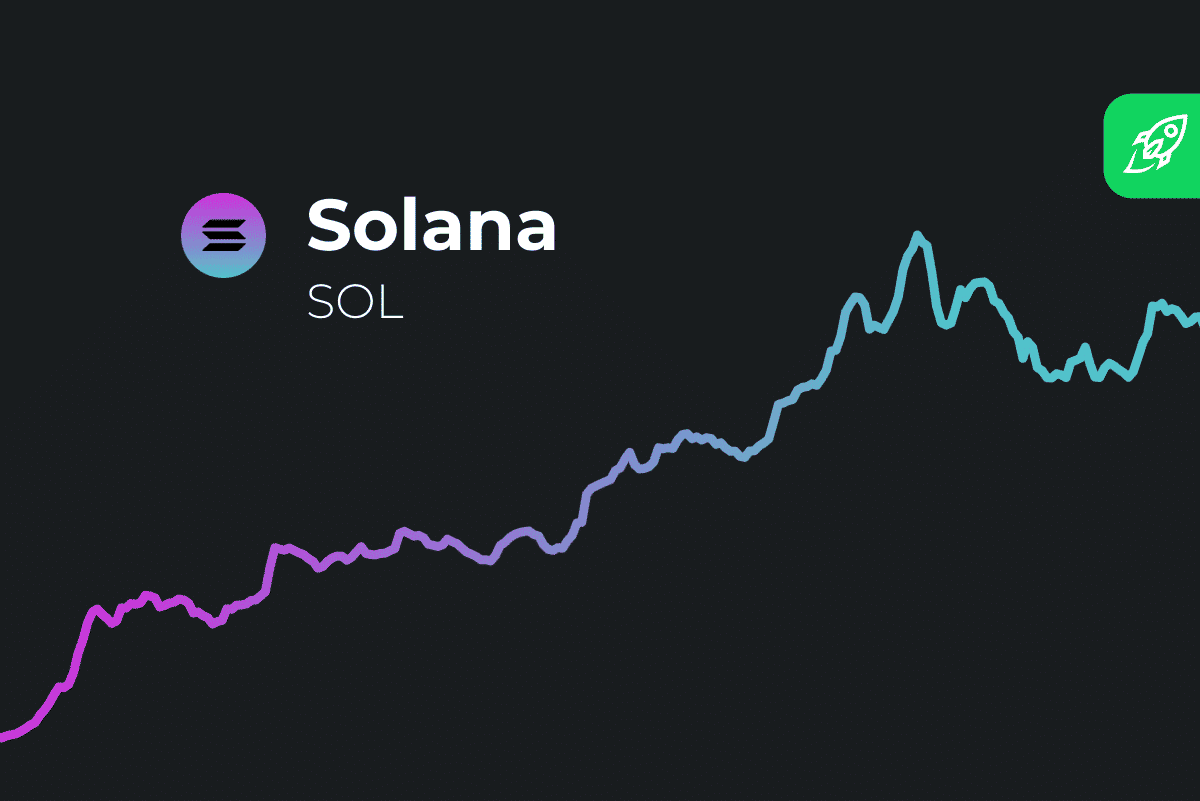According to a recent Bloomberg report, a group of investors and customers of cryptocurrency exchange FTX have agreed to drop their claims against co-founder Sam Bankman-Fried.
In exchange, Bankman-Fried has agreed to cooperate with the plaintiffs in the ongoing lawsuits against other defendants related to the collapse of FTX.
Sam Bankman-Fried And Insiders Settle
Per the report, if approved by a judge, this agreement would release Bankman-Fried from civil liability just weeks after being sentenced to 25 years in prison for fraud stemming from allegations of stealing billions of dollars from FTX.
The settlement, filed in federal court in Miami, stipulates that the plaintiffs in the multi-district litigation will resolve all current and future claims against Bankman-Fried.
Other FTX insiders, including former executives Gary Wang, Caroline Ellison, and Nishad Singh, who testified against Bankman-Fried, were also sued by investors. However, they have agreed to settle and have already started providing information to support the plaintiff’s case, as stated in the court filing.
Notably, this leaves the high-profile celebrities, sports stars, and social media influencers who promoted FTX to investors and customers as the remaining defendants.
As part of the settlement agreement, Bankman-Fried has committed to assisting the plaintiffs’ lawyers in pursuing the remaining FTX endorsers. Additionally, he will provide all nonprivileged documents related to his assets and his investment in artificial intelligence start-up Anthropic.
Bankman-Fried will also submit an affidavit certifying his net worth as negative and share documents about other defendants involved in the expansive civil litigation.
The list of defendants in the consolidated FTX lawsuits is extensive, with financiers and celebrity endorsers such as Tom Brady, Shaquille O’Neal, and Gisele Bundchen accused of promoting “unregistered securities” and luring investors into a Ponzi scheme.
Bankman-Fried’s agreement includes providing any relevant information about venture capital firms that invested in FTX and accountants and lawyers who worked with the exchange.
If successful, the plaintiffs could potentially win substantial amounts in damages. According to court filings, the settlements with the promoters involved in the agreement are estimated to be valued at around $1.3 million.
FTX Scandal Update
Bankman-Fried’s spokesperson, Mark Botnick, stated that his client is determined to make amends. Botnick emphasized that since the collapse of FTX, Bankman-Fried has focused solely on returning the estate’s assets to customers and ensuring they are made whole at current prices.
Botnick expressed Bankman-Fried’s commitment to continue working with Adam Moskowitz and his team, representing the plaintiffs, to achieve this goal.
In their request for the judge’s approval of the settlement, the plaintiffs’ attorneys acknowledged the uncertainty and litigation risks associated with pursuing Bankman-Fried. They concluded that Bankman-Fried’s cooperation would be “valuable” in the remaining legal proceedings.
Bankman-Fried, who was found guilty at trial late last year and sentenced in late March, is currently in custody at the Metropolitan Detention Center in Brooklyn, New York, before being transferred to the prison where he will serve his term. He intends to appeal both his sentence and conviction.
Featured image from Reuters, chart from TradingView.com




